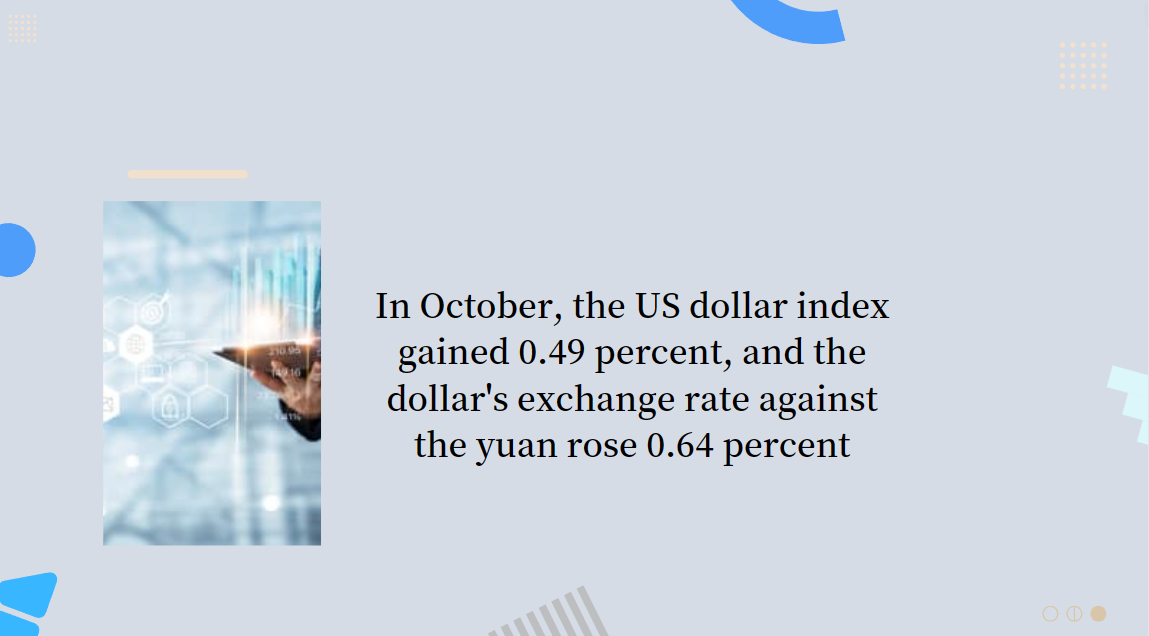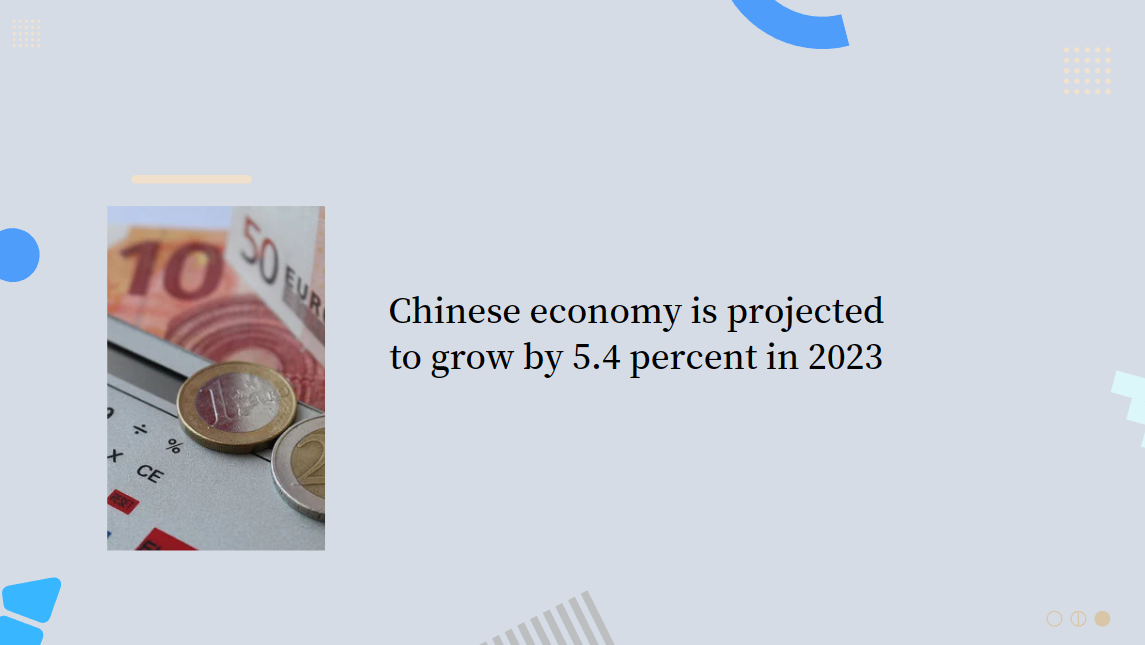Ueda Kazuo: Japan's economy and monetary policy
PDF full text
Introduction
It is my great pleasure to have the opportunity today to exchange views with a distinguished gathering of business leaders in the Tokai region. I would like to take this chance to express my sincerest gratitude for your cooperation with the various activities of the Bank of Japan's Nagoya Branch. I look forward to exchanging views with you today. In order to deepen its understanding on the positive effects and side effects of the unconventional monetary policy measures that have been implemented over the past 25 years, and to gain insights that will be useful for future policy conduct, the Bank has been reviewing monetary policy from a broad perspective. In proceeding with the review, it has been exchanging views with people in various fields. I would appreciate hearing your candid opinions today on topics such as Japan's economic activity and prices, changes in corporate behavior, and the positive effects and side effects of the Bank's various policy measures over the past 25 years.
Before hearing from you, I would like to talk about developments in Japan's economic activity and prices and explain the Bank's thinking on the conduct of monetary policy, while outlining the latest Outlook for Economic Activity and Prices (Outlook Report), which was released last week.
I. Economic Developments
Current Situation of Economic Activity and Baseline Scenario of the Outlook Let me start by talking about economic developments. Japan's economy has recovered moderately. It is likely to continue recovering, and in the latest Outlook Report, the Bank projects that the economy will grow at a relatively high rate of 2.0 percent for fiscal 2023 and then continue growing at a rate of around 1 percent for fiscal 2024 and 2025, which is somewhat above its potential growth rate (Chart 1).
Looking at the corporate sector, although exports have been weak for IT-related and other goods amid the lack of momentum in overseas economies, exports overall have been at higher levels than before the pandemic, mainly on the back of a rise in automobile-related exports, which reflects a waning of supply-side constraints for semiconductors (Chart 2). In this situation, corporate profits have marked a new record high, mainly due to the normalization of domestic economic activity and to progress in the pass-through of cost increases to selling prices. The expansion in profits has spread to business fixed investment. The plans for such investment for fiscal 2023 in the September Tankan (Short-Term Economic Survey of Enterprises in Japan) indicate that investment is likely to increase clearly, by around 10 percent from fiscal 2022 (Chart 3). Looking ahead, the corporate sector is expected to continue to see improvement, as a virtuous cycle operates in which improvement in corporate profits leads to a rise in business fixed investment.
Turning to the household sector, private consumption has been on an increasing trend,
reflecting the materialization of pent-up demand, i.e., demand that had been suppressed
during the pandemic. It should be noted that, although wage hikes have been achieved
through the annual spring labor-management wage negotiations, the pace of increase in
private consumption has been moderate so far, with price rises continuing (Chart 4). As for
the outlook, pent-up demand is projected to gradually slow, but it is expected that wages
will continue increasing firmly in reflection of high prices, and that an underpinning of
private consumption from wage increases will become evident.
Risks Surrounding Economic Activity
However, there are extremely high uncertainties surrounding this baseline scenario.
One major risk concerns overseas economies. Although the International Monetary Fund (IMF) projects in its latest World Economic Outlook (WEO) that the global economy will continue growing at a moderate rate of around 3 percent, each economy faces downside risks. In advanced economies, inflation rates have been declining but are still somewhat high relative to central bank targets. In the United States in particular, as the economy has continued to see firm developments, long-term interest rates have risen significantly since summer, with market participants expecting prolonged monetary tightening. In addition, it is possible that the impact of rapid policy interest rate hikes in advanced economies to date will turn out to be significant, with a time lag, on both the real economies and financial systems. Given this, due attention needs to be paid to the impact of this risk on global financial and foreign exchange markets. Attention is also warranted on whether or not the Chinese economy will lose its recovery momentum as it faces structural issues such as adjustments in the real estate market. Moreover, it is necessary to keep an eye on the risk of upward pressure being exerted on prices of commodities, including grains, due to factors such as geopolitical risks surrounding Ukraine and the Middle East.
On the domestic front, with progress in the pass-through of the rise in import prices to consumer prices, attention continues to be warranted on the risk that wage increases will not catch up with inflation and private consumption will be constrained as a result. In fact, with regard to food and other items that have seen large price increases, households' defensive attitudes toward spending -- such as shifting demand toward inexpensive products -- have been observed. In order for private consumption to remain resilient even after pent-up demand slows, it is necessary that wages and prices rise in a well-balanced manner, which I will elaborate on later.
......






















































First, please LoginComment After ~